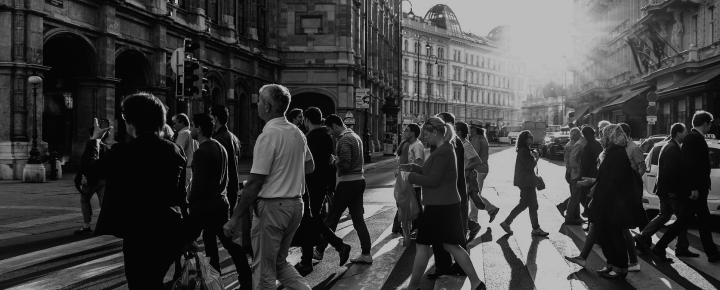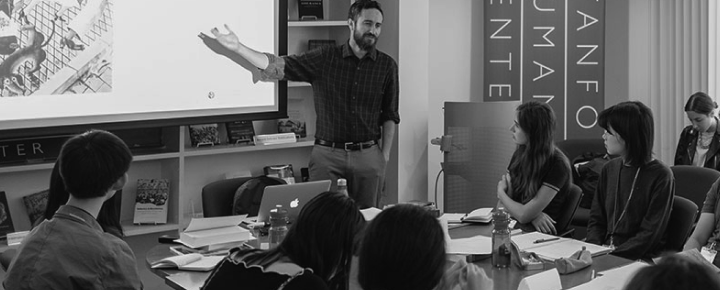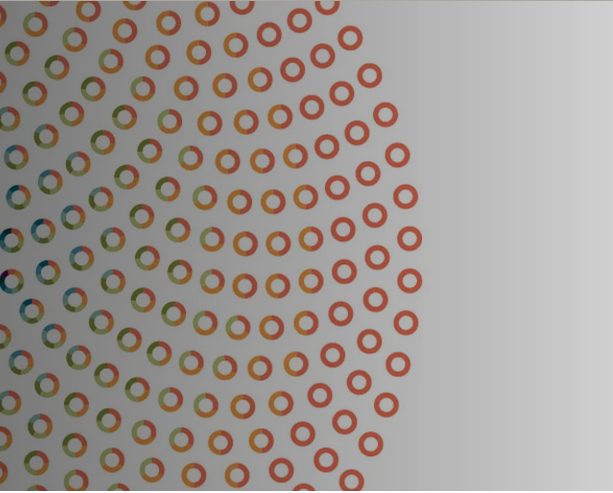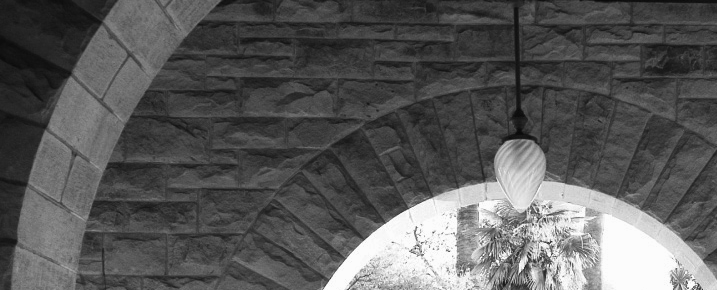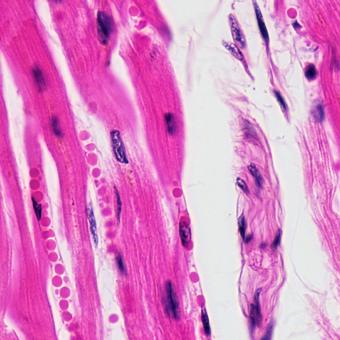


“What does knowledge do?” exposes our impoverished vocabulary for discussing how what appears political inside of a particular interpretation generates political change in the broader world. Sedgwick’s question gives us license to ask: What if we took these expressions literally? What if discourse is a thing whose unfoldings we can modulate both through its meanings and through its materiality? Answering these questions requires a more strenuous examination of what we mean by the material, of how meaning matters. This is my post-critical turn.

I don’t think that in the English language we possess a good vocabulary for talking about the pleasures of readerly discomfort and difficulty: the feeling that one part of ourselves leaps ahead while another part lags behind.

It seems to me that any genealogy of the postcritical undertaken in 2015 should map not just the personal experiences and dispositional idiosyncrasies that have led us to our current procedures as individual readers and thinkers. It should also plot those individual stories within a larger institutional narrative of critical activity in the American academy.

One doesn’t need a metaphysics of history to sense when a form of life with its attendant rituals, pieties, and practices has grown old. Theory’s reign in literature departments has long been past the point when its claims arrived with salutary shock in the profession.
